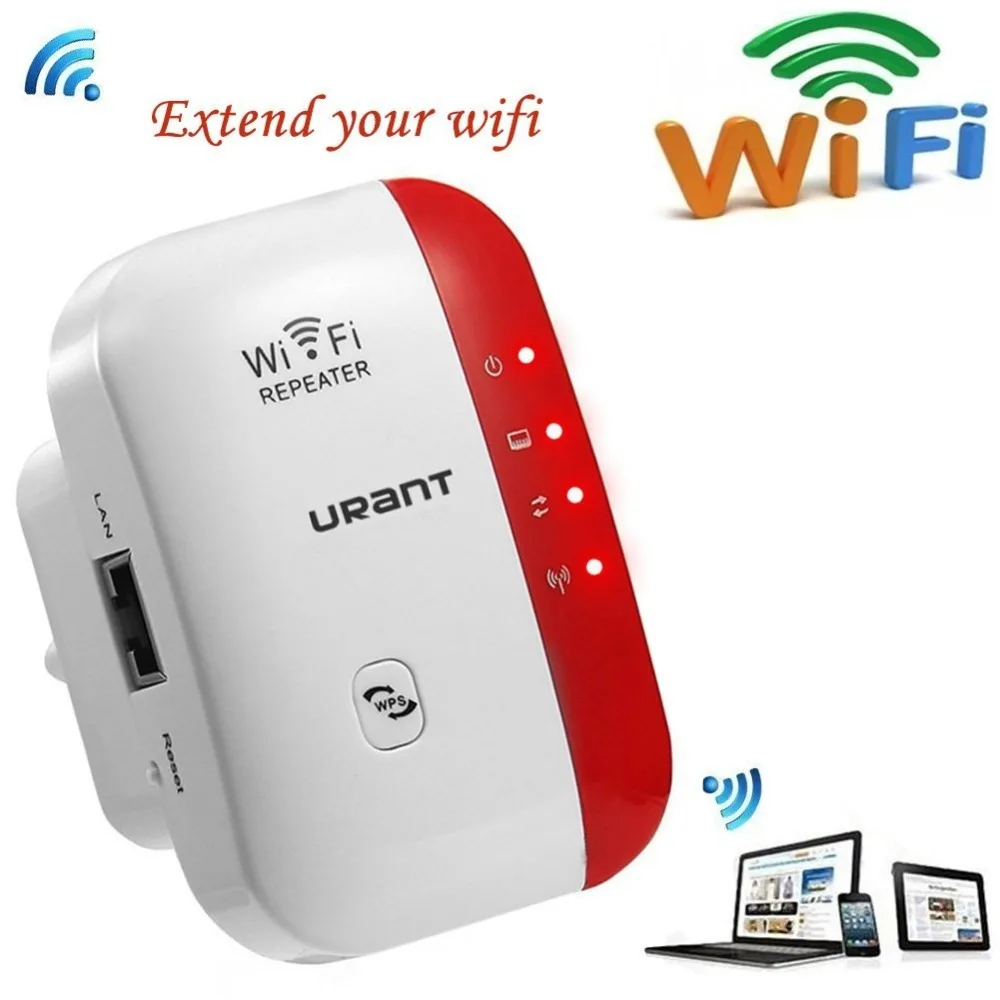

802.11ac equipment is backward compatible with 802.11n, 802.11g, or 802.11b equipment.Īn older range extender will not be able to repeat the signal of a newer generation router. 802.11ac is the most recent and third-generation Wi-Fi standard for wireless home networking. However, 802.11ac runs at 5 GHz and requires an access point capable of 5 GHz operation. Most 802.11 compliant devices are backward compatible. There are wireless range extending devices that conform to all 802.11 protocols. Some wifi range extenders have an ethernet port to also provide a wired connection. With those repeaters, you can still use your wall socket while using the repeater. Some wireless repeaters have a power outlet. USB supports not only the data transfers required for networking, but it also supplies a power source so that these adapters do not require electrical plugs. These USB adapters add Wi-Fi capability to desktop PCs and other devices that have standard USB ports. Some wireless range extending devices connect via a USB port.

Older devices don't always support WPA2, so while the original network might be secure, the secondary one is potentially open.įurthermore, the quality of the connection to an extender is generally worse than if connected to the host access point. Potentially opens another security attack vector.Wireless interference (e.g., with other networks on the same channel) is at least doubled.Wireless throughput is reduced by at least 50%.Since only one wireless device can transmit at once, wireless transmissions are doubled (router to the repeater and then repeater to the client versus just router to the client), and so: When networking in an environment with interference and multiple computers, networks or hubs.When the distance between the computer and the wireless access point or wireless router is too great for the internal wireless network interface card to receive the wireless signal.Interference can be caused by many environmental factors such as microwaves (such as from a microwave oven), metal appliances or metallic coating or an impeded line of sight.When there is no wireless hotspot in an area.


 0 kommentar(er)
0 kommentar(er)
